Model Based Testing is a powerful concept for testing information systems, from which, despite the increasing complexity, more quality and flexibility is expected. It is a methodology that fits well with companies with experience in structured design and testing. Model Based Testing will also adobe.lovers.com support and lower the threshold for companies who want to make a first step towards improving their test basis towards a better, faster and cheaper test process.
The core of Model Based Testing is the use of tools to first, create the actual design and secondly to compare the simulation of the process and predicted outcome of the test generation with the requirements at an earliest possible stage. Thus, the various "paths" through the procedures / processes including related business rules are tested and checked much earlier.
Subsequently, automatic test generation creates efficient and reliable high quality test cases which excel in compactness and low cost.
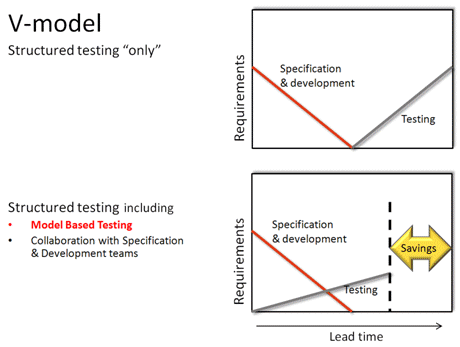
Model Based Testing helps to improve the overall development process: the impact of demands and wishes becomes clear in a fast manner, design errors are found at an early stage, debugging code caused by wrong assumptions and interpretations decreases and reuse of designs in new projects is easier.
In short, developers achieve greater results in less time and at lower cost.
The tools needed to support Model Based Testing are available and are developing rapidly based on the experience of cutting edge companies like Sogeti. It becomes increasingly easy for companies to make the choice and take advantage of Model Based Testing.
Rob Kuijt
The core of Model Based Testing is the use of tools to first, create the actual design and secondly to compare the simulation of the process and predicted outcome of the test generation with the requirements at an earliest possible stage. Thus, the various "paths" through the procedures / processes including related business rules are tested and checked much earlier.
Subsequently, automatic test generation creates efficient and reliable high quality test cases which excel in compactness and low cost.

Model Based Testing helps to improve the overall development process: the impact of demands and wishes becomes clear in a fast manner, design errors are found at an early stage, debugging code caused by wrong assumptions and interpretations decreases and reuse of designs in new projects is easier.
In short, developers achieve greater results in less time and at lower cost.
The tools needed to support Model Based Testing are available and are developing rapidly based on the experience of cutting edge companies like Sogeti. It becomes increasingly easy for companies to make the choice and take advantage of Model Based Testing.
Rob Kuijt




 ( 3 / 577 )
( 3 / 577 )


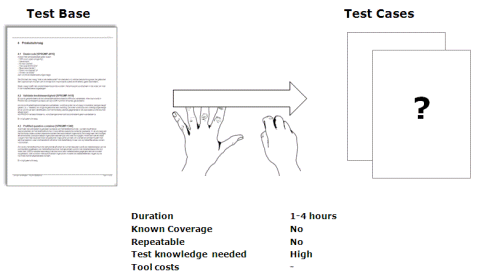
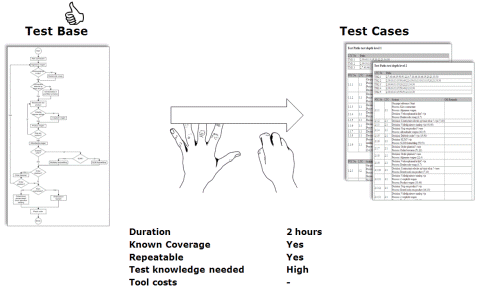
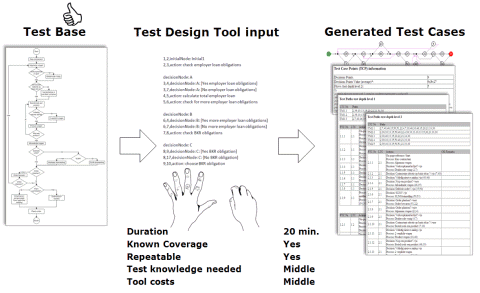
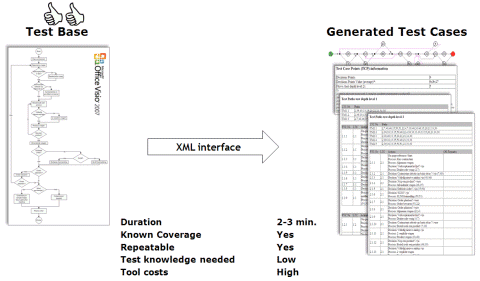



 Calendar
Calendar





